Samsung Chromebook (XE303) Review: Testing ARM's Cortex A15
by Anand Lal Shimpi on October 31, 2012 9:00 AM ESTThe Chromebook
The new Chromebook, like its predecessors, is a completely plastic device. At $249 you're not going to get any tales of exotic materials or fancy new manufacturing processes. That being said, the Chromebook looks really good. For years, value notebooks have been equated with glossy, horribly styled pieces of junk. Samsung used a matte finish and styled the new Chromebook to look very similar to a lot of the current crop of Ultrabooks and Apple's MacBook Air. The result is a notebook that doesn't really look cheap, although I will add that in person the Chromebook doesn't look anywhere near as good as it does in Google's photos.
There's not much that can be done about the feel of the Chromebook however. It is made of and feels like plain old, hard plastic. I'm sure Vivek could go into tons of detail on the molecular composition of what Samsung used here, but the bottom line is it feels like what you'd expect a $249 notebook to feel like.
Despite material choice however, the device never gave me any indication that it would age particularly poorly. The typing surface is made of a single piece of plastic, with the bottom cover being the piece that's removable to gain access to the internals. I didn't encounter any creaks of squeaks while using the machine. The chassis felt fairly rigid. The display hinge is ok in my opinion, not overly confidence inspiring but not a clear issue.
The new Chromebook is remarkably thin and light. With an 11.6-inch display the new Chromebook weighs 2.42 lbs and is 0.7-inches thin. To deal with the thinner profile, Samsung moved most of the IO ports to the rear of the machine. You'll find two USB ports (1 x USB 3.0, 1 x USB 2.0), HDMI out, DC input for power/charging, charge indicator (orange for charging, green for charged) and a little door hiding what looks to be a micro SIM card slot. The latter is unused on the $249 Chromebook, there's literally nothing behind the slot so if you manage to stick anything in there you'll have to open up the Chromebook to get it back.
Around the left of the machine is a mic/headset combo port and an SD card reader. The SD card reader works quite well. Pop in an SD card and a window will appear with its contents. There's even a simple image browser.
There's no longer a physical switch to boot the Chromebook into recovery mode, instead you hold down the escape and refresh keys when powering on the machine. Then, once you hit the warning screen just hit ctrl + D to enter developer mode. Remember that the first boot into developer mode will wipe all user data stored on the internal NAND to avoid someone using this trick to get access to your files.
The USB 3.0 port is a bit useless on the new Chromebook. I dusted off my trusty Zalman SLC NAND USB 3.0 drive, capable of delivering more than 80MB/s and copied a 2.8GB file to the internal NAND. I timed the process and came away with an average transfer rate of around 12.7MB/s - well within the realm of USB 2.0 performance. Given the Exynos 5 Dual SoC features an integrated USB 3.0 controller, it's possible Samsung just wanted to take advantage of the feature and perhaps test its implementation. It's a nice checkbox feature but it does nothing for the end user as far as I can tell.
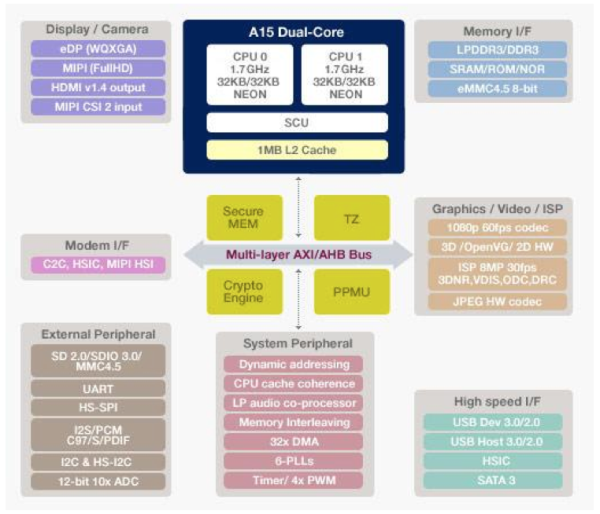
The HDMI output is also a bit hit or miss. Plugging the Chromebook into a relatively modern (~2 year old) Samsung LED backlit LCD HTDV caused the Chromebook to reboot itself. I had better luck by starting with the machine off then plugging in the HDMI cable, which at least gave me the Chrome logo on the TV but then quickly got into a mode where it kept alternating between sending 720p and 1080p signals to the TV, neither of which would go any further than a black screen. Moving my pointer around on the Chromebook itself just gave me a bunch of random visual artifacts (flashing black blocks in the lower quarter of the screen). I don't doubt that the HDMI output will work for some, but don't expect a whole lot of work to be put into compatibility testing there.
The speakers on the new Chromebook are surprisingly good for such a low cost notebook. WiFi is also not bad, with both 2.4GHz and 5GHz 802.11n support. The biggest take away here is that Google and Samsung deliver build quality and some of the chassis features of a value PC notebook for nearly half the price.


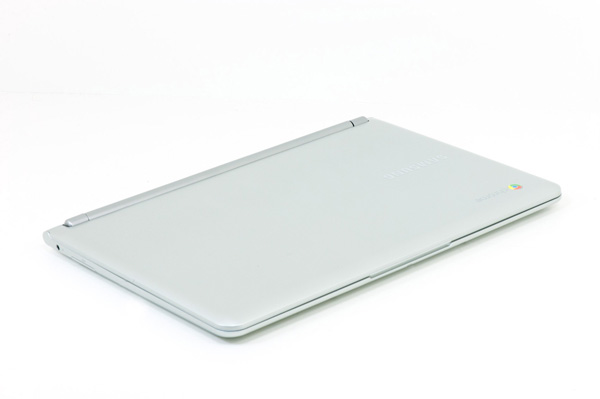
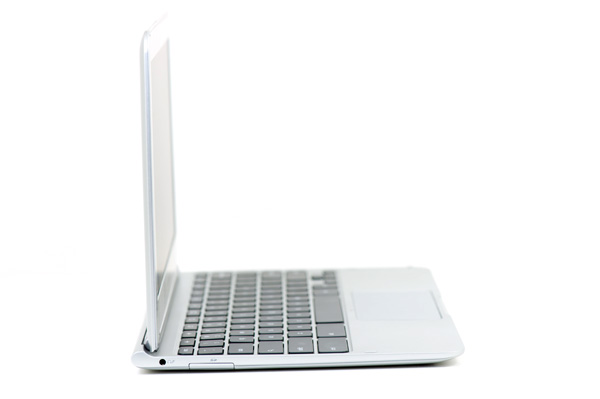
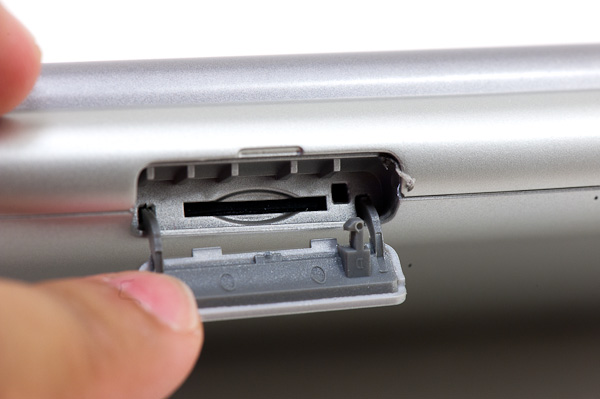
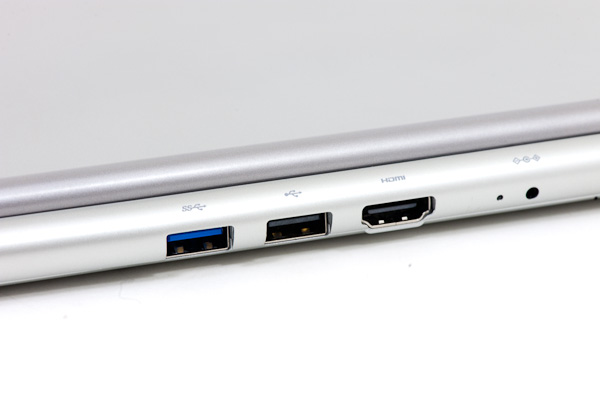
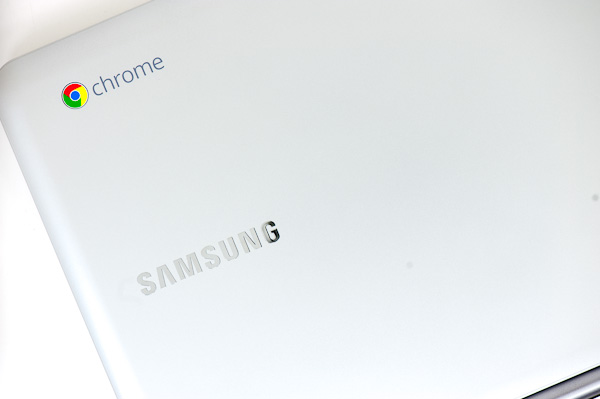








149 Comments
View All Comments
extide - Wednesday, October 31, 2012 - link
Yeah, basically this next gen 22nm Atom core is going to be make it of break it for the Atom. I can see the Atom getting canned entirely if the 2nd gen core on 22nm sucks.andrewaggb - Wednesday, October 31, 2012 - link
Yeah, intel must be feeling crazy pressure. They are 6-12 months behind. Both Haswell and the new atom should be coming out now with windows 8.amdwilliam1985 - Wednesday, October 31, 2012 - link
I'm impressed by the ARM performance, besides the performance and battery life, there is also the cost to consider. As far as I know, ARM cpu cost much less than x86 cpu.If I can get 50% of power for 25% of the price, that sounds like a good trade off in many scenarios.
wsw1982 - Thursday, November 1, 2012 - link
The samsung arm a15 is basically a 6+ w SOC... If you linear scale the medfield up 3 times, it means a three core atom, and three times the graphic power (does scale linearly), and i think the performance is comparable. The medfeld is arround 64 mm2, and the three core atom and graphic is, to my best guess, 100mm2, any one give me a estimation of the die size of the samsung a15? we can calculate the price :)krumme - Friday, November 2, 2012 - link
The intereting thing is the total cost for the OEM. The A15 implemented as here must be dirt cheap.Intel have high fixed cost, but arm can spread the cost to phones whatever through both Samsung but primarily TSMC.
In the long run it will be difficult for Intel the have the same low cost.
Years back they could use old fab equipment for the Atom and in that way use production capacity that had been written off the the worst part. Today they they need the new process nodes to be competitive, and that will raise cost for the Atom. I think they are in a bad market here.
Competing with TSMC and Samung is another world from competing with AMD and GF.
They need their ultrabooks, but the market is to small for the future fab cost.
Now arm can share cost from phones to notebooks. That is massive cost advantage imho.
mayankleoboy1 - Wednesday, October 31, 2012 - link
A chromebook is too niche a product to properly judge a SoC . Typically thermals are completely different.Its fast, yes, but how will it do in a smartphone ? And chromeOS has too few apps and the chromebook has too less a res to actually judge the best SoC .....
Krysto - Thursday, November 1, 2012 - link
Not like the Atom one was using bigger resolution. And Exynos 5 Dual can support up to 2560x1600, as we've already seen with Nexus 10.MilwaukeeMike - Wednesday, October 31, 2012 - link
Maybe I missed it, but does this have a built in webcam? Looks like it does from info on other sites, and I'd like to know how it performs for Skype purposes if anyone knows. Sounds like videos from youtube/facebook work ok as well, which would make this a great netbook style option.deneb - Wednesday, October 31, 2012 - link
For that price, why wouldn't anyone get a used laptop instead? At least then they'll get the benefit of a proper OS of their choice (linux or Windows, i don't know if used apple lappies go that low).Granted, it wouldn't be new, but at least it would be many times more functional - no? :)
Midwayman - Wednesday, October 31, 2012 - link
Battery life. A old low end laptop is going to have terrible battery life.